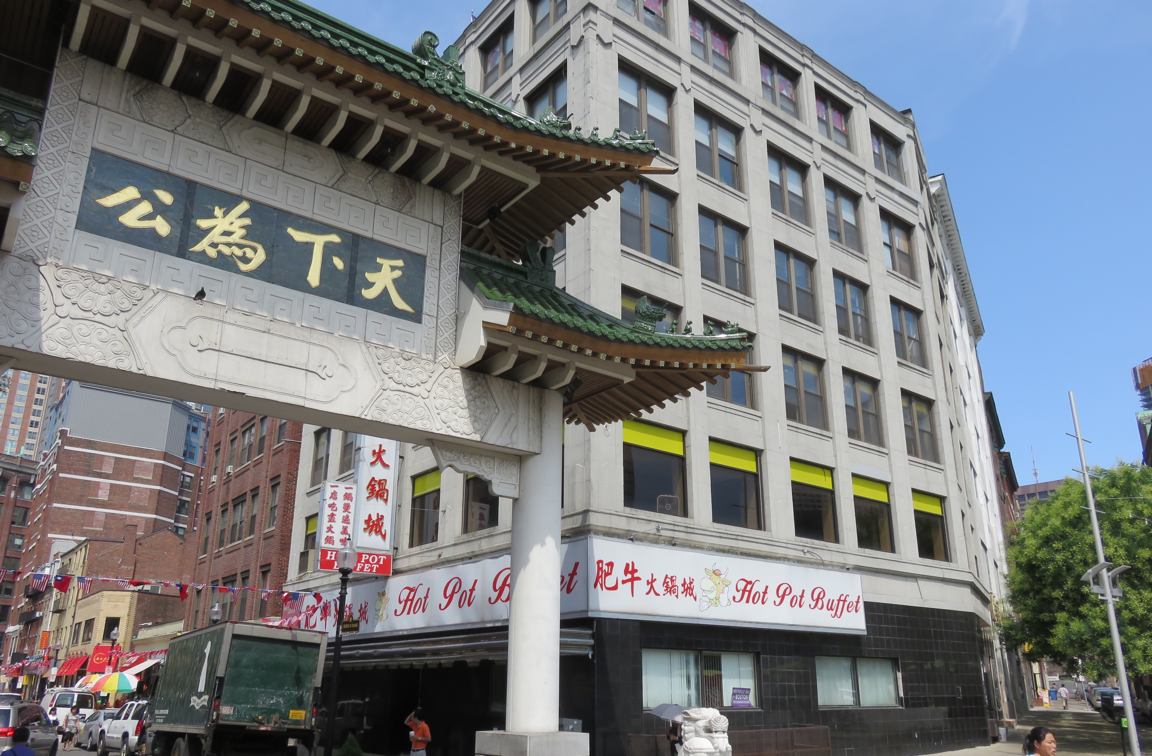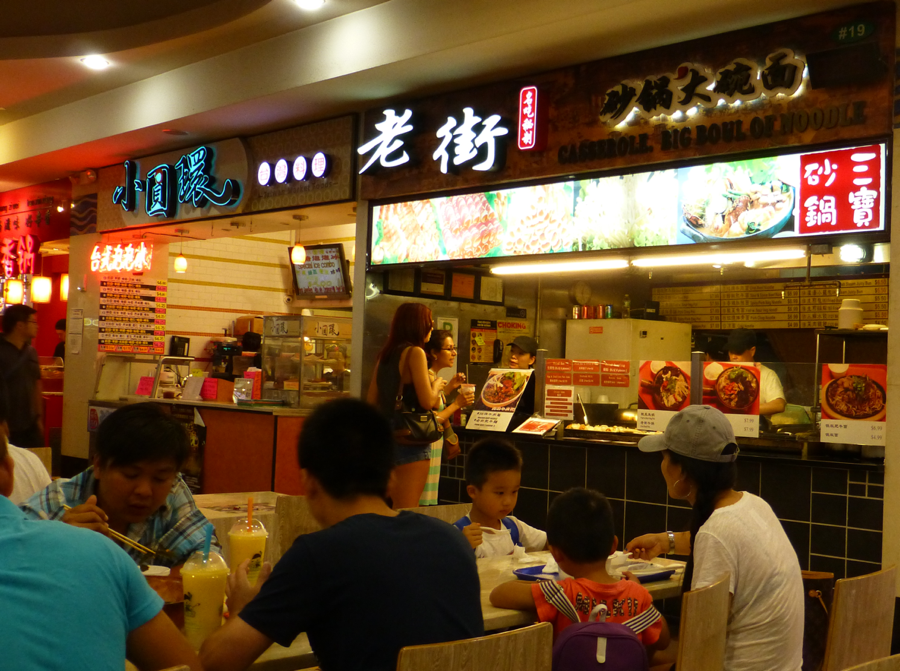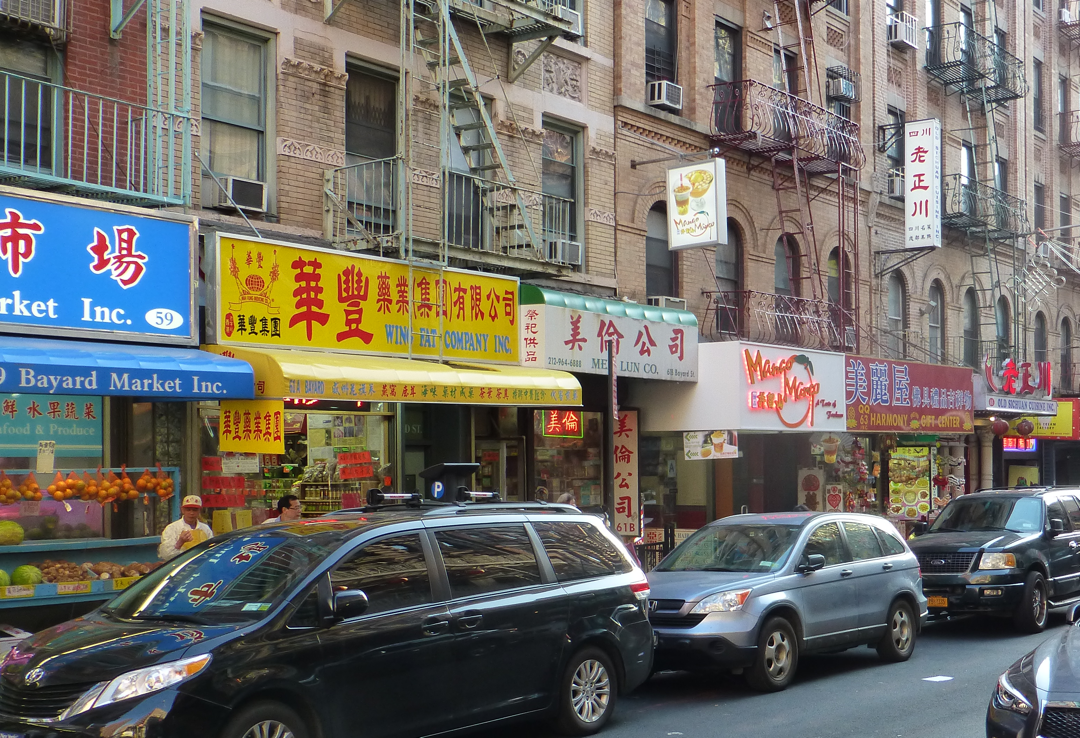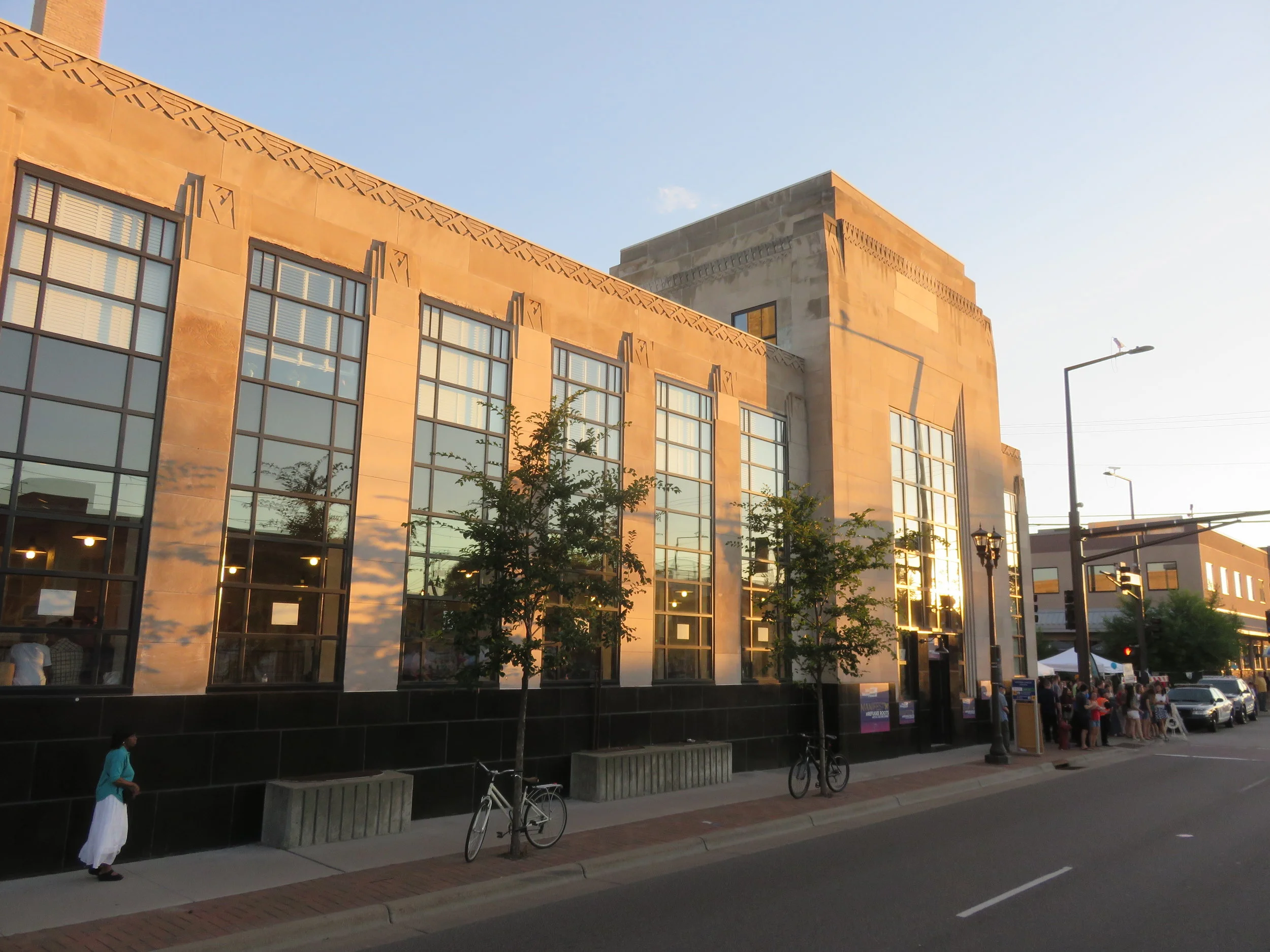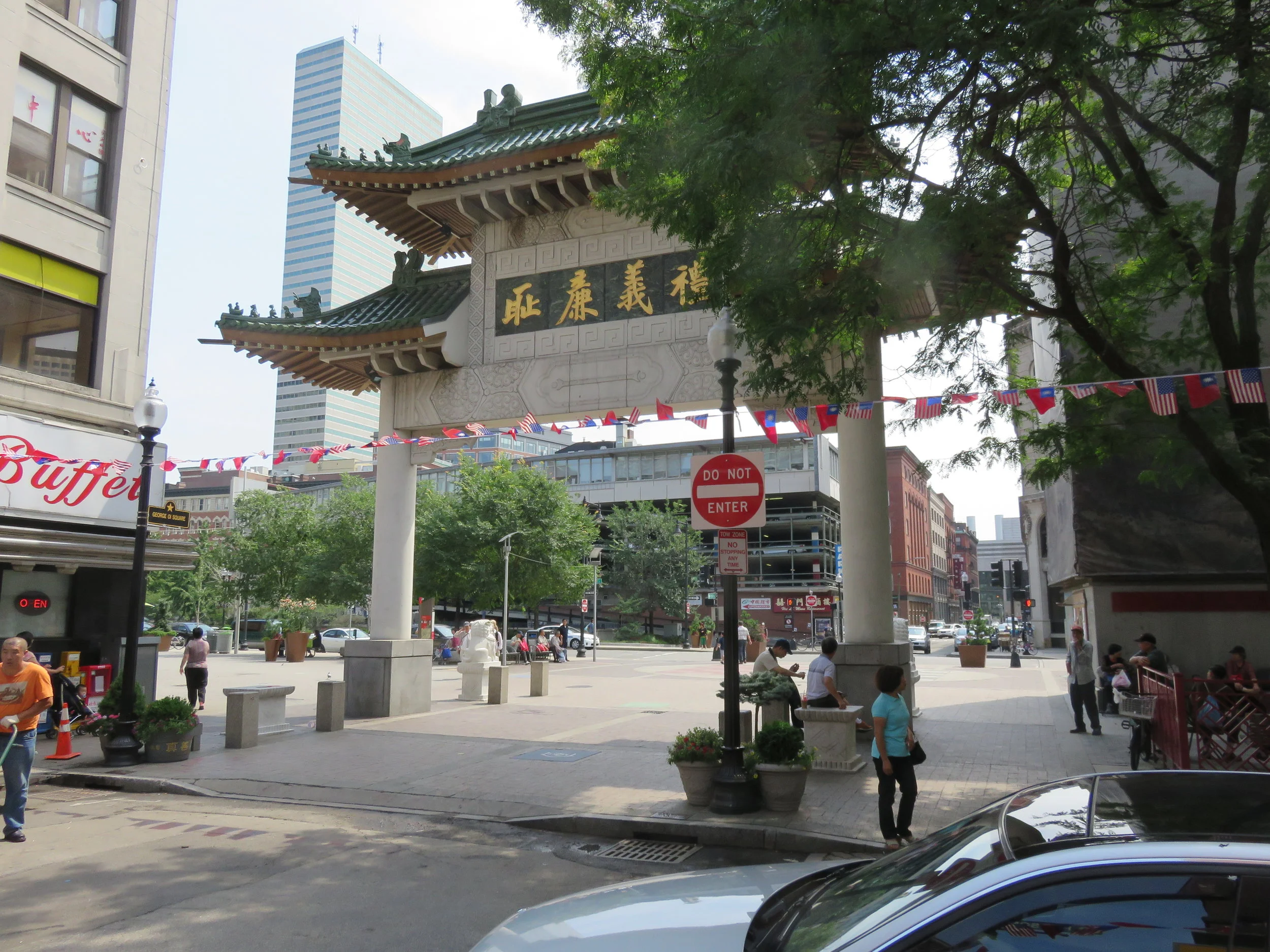Old, established ethnic neighborhoods created in the 19th Century diaspora from Asia served a purpose for first-generation migrants: a ready-made support group of jobs, housing, finance, and community. But strict immigration limits and racist attitudes and practices in the West through much of the 20th Century kept those neighborhoods and their residents walled off, and Chinatowns, Koreatowns, and Japantowns in major cities ossified, with some dying out and others turning into tourist-driven imitations of community - unlike what happened in other newcomer districts, where assimilation led to generational turnover and whole new neighborhoods arose (like Harlem or Brooklyn).
But since the 1980s, as two-way trade with East Asia boomed, the doors to mainland China opened, and a new migrant wave arrived, it wasn’t just the traditional big cities like Vancouver or San Francisco that saw change; it was midsize and even small towns across North America. For instance, the Hmong people, fleeing Laos, settled in unlikely places such as Fresno, Wausau, and St. Paul, and significant Vietnamese settlement happened along the Gulf Coast in towns like Lafayette and Beaumont.
These new communities, and the revitalized traditional neighborhoods in big cities, instead of becoming isolated, have instead engaged with their neighbors and spurred new economic growth, tourism, fusion cuisine, artistry and media. Who would have guessed in the 1980s that something like Korean tacos would become one of America’s favorite foods, or something called a “Japadog” would sweep Canada?
The Chinatowns and Asian districts of today’s North America are not windows into isolated pockets of Asian culture as it was for the previous generation – they are views into the future of Pan-Asian global society. For that reason alone they should be on everyone’s travel lists.
In this series we’ll visit communities all over the U.S. and Canada to show you what to expect and what’s interesting. Send us your suggestions and updates via Twitter at @weninchina!

